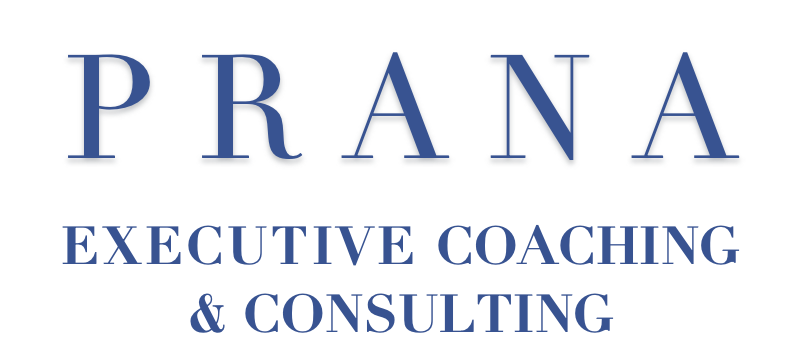Do you lead with enough ‘warmth’?
In a recent coaching conversation with a senior executive, he started our session by expressing frustration with casual chit-chat at the beginning of meetings. He has an extensive to-do list which never gets shorter, and often works long hours, so getting down to business is a priority for him. He considers his strengths to be his ability to execute effectively and quickly, and to be someone who is reliable, trustworthy and competent. These qualities are meaningful leadership traits and important to his work in strategy and finance.
However, there is a flaw in this leader’s thinking about how to build his influence and trust with the team. Decades of research show that trust is not gained by showing only competence and excelling at execution. Competence is necessary — but not the only important aspect of trust and influence.
Research highlights the true story: to lead effectively and to gain trust, you must balance strength (competence) with warmth. In fact, in most situations, warmth trumps strength as a conduit to influence and trust.
What is warmth? In the book “Compelling People” (Neffinger & Kohut) warmth is defined as “what people feel when they recognize shared interest and concerns.”
Why is warmth so important? Humans are hardwired to make subconscious quick decisions about the people we interact with throughout our day. When the human brain receives signs of warmth from others oxytocin increases, and this triggers a sense of affiliation and trust. To be clear, leading with strength is necessary in many situations; however, without any warmth, perceptions of strength can lead to negative impressions like envy, resentment and fear. A recent HBR article entitled “Connect, Then Lead” (Cuddy, Kohut, Neffinger) summarizes these areas of research, and states “the primacy of warmth manifests in many interrelated ways that powerfully underscore the importance of connecting with people before trying to lead them.”
The research shows that humans orient to warmth because of:
A need to affiliate and belong, which is considered by social psychologists as one of the primary needs of humans. Social pain, such as being left out of a group dinner or group chat, creates an experience of pain which is very close to physical pain.
Desire for group belonging and “Us vs. Them” thinking. Even when groups are formed randomly, humans show a very strong preference for people who are “in-group” vs. “out-group”. As leader, being seen as removed from others is a sure way to alienate yourself.
The desire to be understood. All people want to be seen and heard, and opportunities to listen and connect on a personal level are an easy way to show understanding.
Many leaders find it difficult to show both strength and warmth, and there are biological underpinnings that show why: testosterone, the primary strength hormone, is an inhibitor to oxytocin, the primary warmth hormone. In other words, leaning into strength in a situation makes it less likely that a leader will naturally tend towards a show of warmth at the same time.
In addition, strength is easier to prove and sustain over the long term: demonstrate your competence once, and this impression carries over time. However, when warmth is not established, or worse is broken, it can be very difficult to recreate trusting bonds and it takes much time and effort to re-establish..
For most leaders, finding a better balance of warmth with strength is a positive step forward. Think about small ways to show warmth: Smile more, and lose authoritative body language in friendly meetings. Participate in casual chit-chat with others before meetings or hallways. Socialize more. Get to know your peers and reports on a more personal level. Share more about your own personal life.
Two notes:
On gender: many studies show that female leaders must exhibit warmth and strength in different ways than men, in order to be seen as influential and effective. There is a very good section on gender difference in the book Compelling People (see below for a resources).
On culture: For most leaders who I have coached and who work in Western countries, competence is considered the most important quality to show to others, i.e., Can I do my job effectively? And as a result, these leaders focus heavily on being perceived as strong and competent. From a cultural perspective, if you are working with other Westerners, you may not suffer negative consequences. However, in most Eastern and Latin cultures, the affiliative aspects of business relationships are just as important, if not more so, than the competence-based aspects. Business relationships are built in tandem with person relationships. It would be unwise to sit down with your Japanese clients in a meeting and jump straight to business. In these countries, you would not be successful at leading or influencing without a heavy dose of warmth in your business relationships. For an excellent book on cultural differences in how relationships are built, and other ways of working, see Culture Map by Erin Meyer.
To read more on this interesting topic:
Cuddy, Kohut, Neffinger. “Connect, Then Lead”, Harvard Business Review. July/Aug 2013.
Neffinger & Kohut, 2013. Compelling People: The Hidden Qualities that Make Us Influential. Hudson Street Press.
Meyer, The Culture Map, 2016. PublicAffairs.
